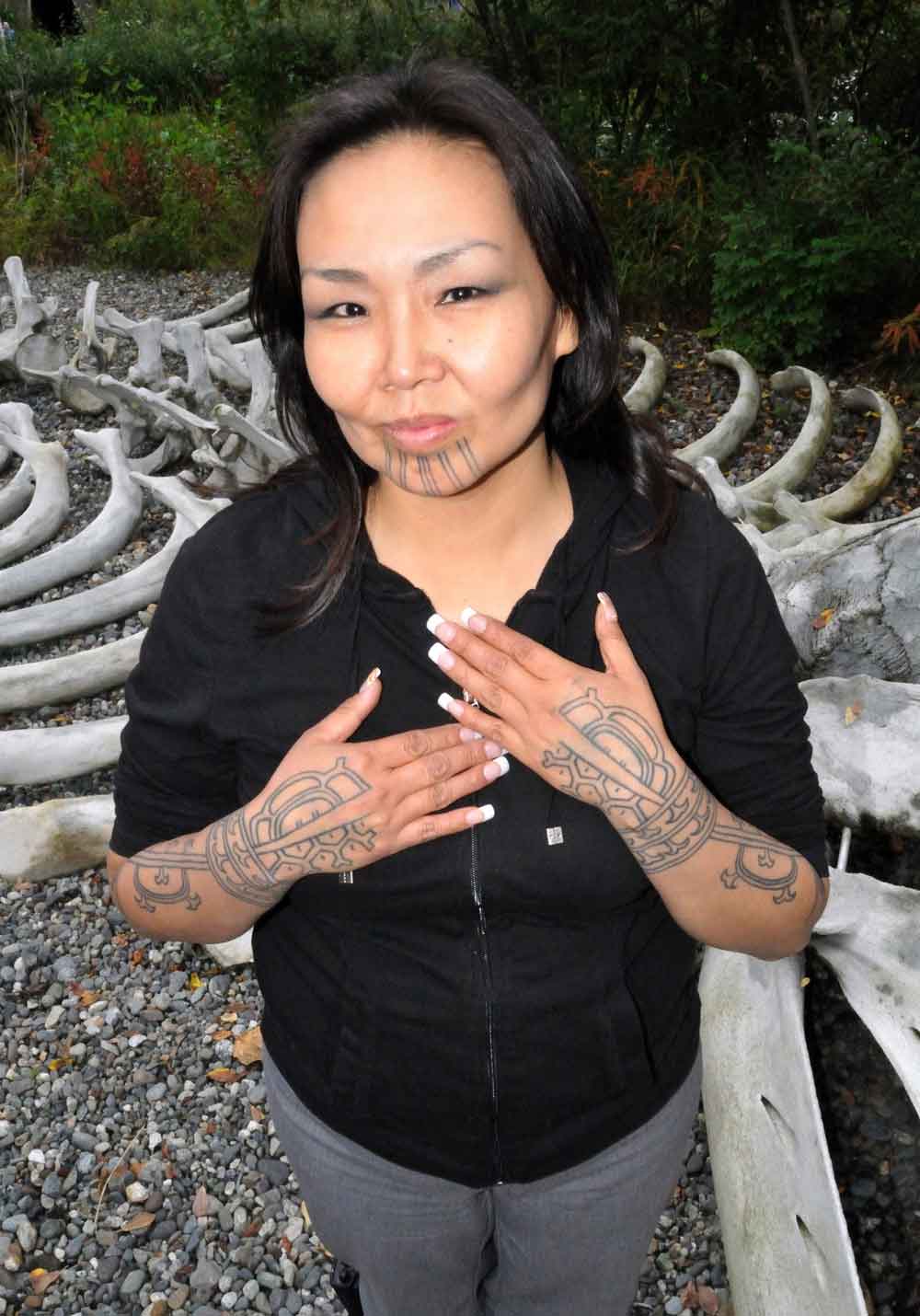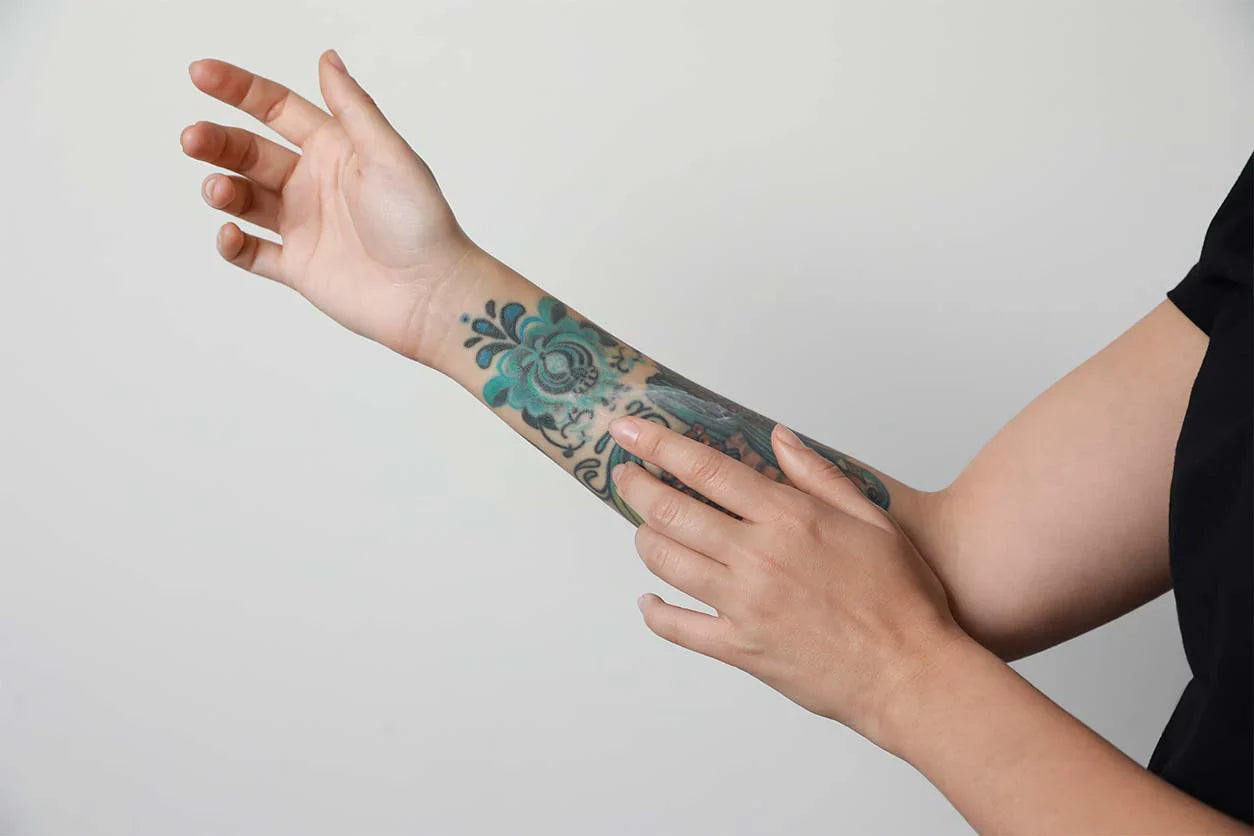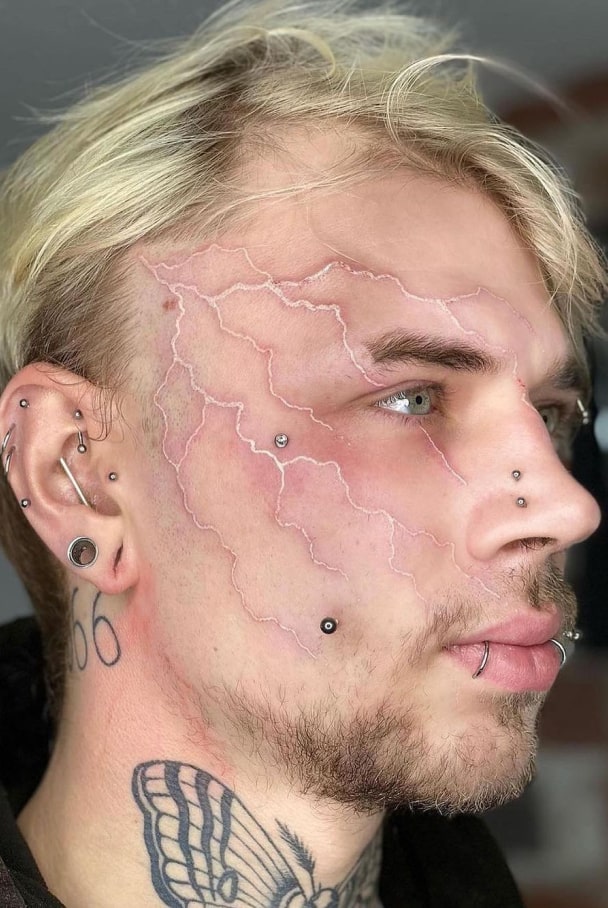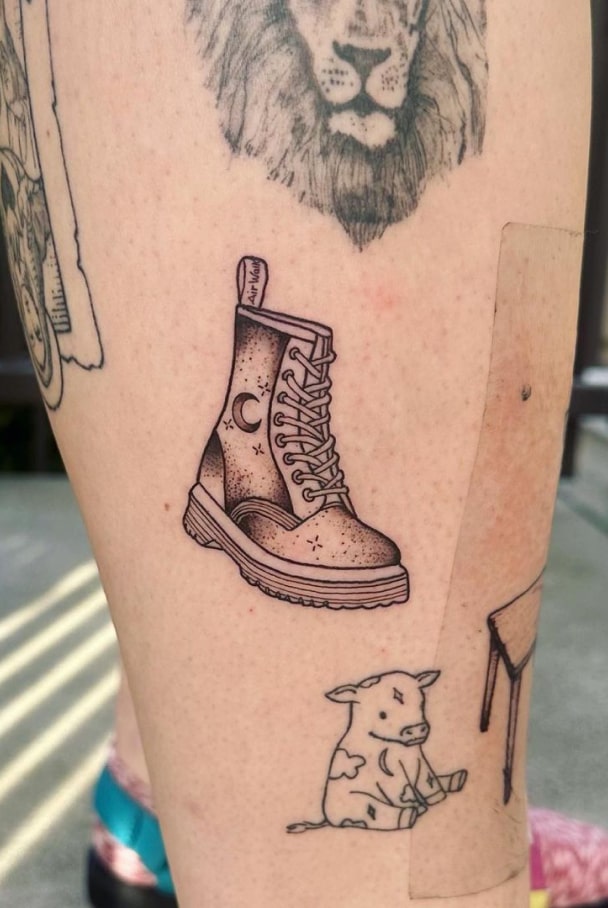Tattoos have long transcended their modern-day associations with rebellion, fashion, and self-expression. Across centuries and continents, tattooing has been a vital part of cultural identity, ritual, spirituality, and status. From Polynesian chiefs to Japanese warriors, cultures around the globe have embraced the art of tattooing in unique and meaningful ways. Here's a deep dive into some of the most fascinating cultural tattoo traditions around the world.
Polynesian Tattoos: The Original Language of Ink

In Polynesia, tattoos are more than body art—they're a sacred rite of passage. The word "tattoo" itself comes from the Polynesian word tatau, which means "to strike." Polynesian tattoos are intricate and deeply symbolic, often telling the story of a person’s ancestry, social rank, achievements, and spiritual beliefs.
Samoan men traditionally undergo the pe’a—a painful and lengthy process that covers the body from waist to knees with intricate black patterns. For women, the malu is a more delicate design applied to the thighs. These tattoos are applied with traditional tools: bone combs dipped in ink and tapped into the skin using a wooden mallet. Even today, the cultural significance remains strong, and receiving a traditional Samoan tattoo is considered a high honor.
Maori Tā Moko: Stories on Skin
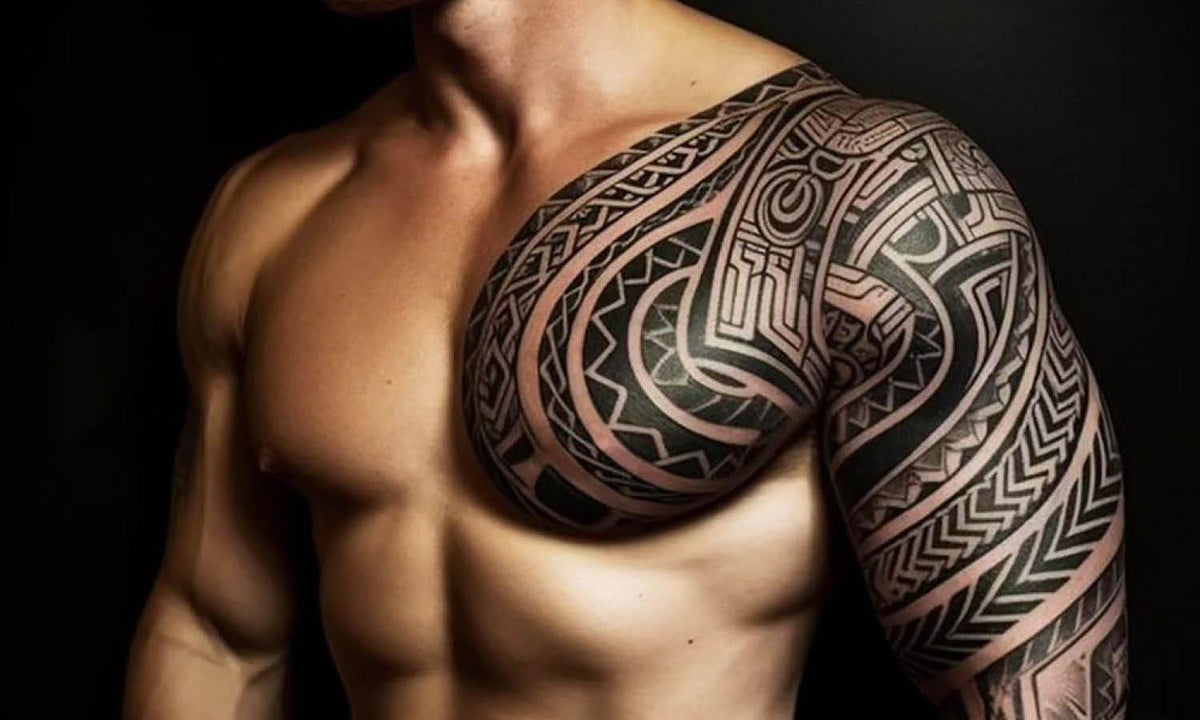
The Māori people of New Zealand practice tā moko, a form of tattooing that is not only artistic but genealogical. Each design is unique and personalized, acting as a fingerprint of one’s identity. For Māori men, facial moko often represents their lineage, rank, and achievements, while women traditionally receive moko kauae (chin tattoos) to represent their whānau (family) and social standing.
Unlike other tattoos that are punctured into the skin, tā moko was traditionally carved with chisels, leaving deep grooves. The practice nearly disappeared during colonization but has seen a proud resurgence in recent years as part of Māori cultural revival.
Japanese Irezumi: Ink and the Underworld

Japan’s tattoo history is as layered as its art. The traditional style, known as irezumi, features mythical creatures, koi fish, samurai, cherry blossoms, and dramatic waves. These full-body tattoos are rich in symbolism and artistry, often taking years to complete.
Historically, tattoos in Japan have shifted from sacred to stigmatized. In early periods, they were spiritual or decorative, but during the Edo period, tattoos were used to punish criminals. Later, irezumi evolved into an underground art form associated with the yakuza (Japanese mafia), giving tattoos a taboo image that still lingers today. Despite this, traditional tattoo artists (horishi) are revered for their craftsmanship, and global appreciation for irezumi continues to grow.
Thailand's Sak Yant: Spiritual Protection

In Thailand and neighboring Southeast Asian countries, Sak Yant tattoos are seen as powerful spiritual symbols. These sacred tattoos are hand-etched by Buddhist monks or Ajarns (masters) using a long metal rod dipped in ink. Each design carries a specific purpose—protection, strength, charisma, or luck.
One of the most iconic Sak Yant designs is the Hah Taew, or five lines, each representing a magical blessing. Before the tattooing begins, the monk often chants prayers or mantras, and after completion, a final blessing is given. Celebrities like Angelina Jolie have helped bring global attention to this ancient tradition, but in Thailand, its spiritual roots run much deeper than trends.
Native American Tattoos:
Symbols of Strength and Spirit
Tattooing among Native American tribes varied widely depending on the region and tribe. Many used tattoos for protection, healing, and to signify achievements in war or hunting. Designs often included animals, nature, and geometric symbols, all reflecting a connection to the spiritual world.
Inuit women, for instance, wore facial tattoos as a rite of passage, symbolizing womanhood, family lineage, or readiness for marriage. Tattooing was traditionally done using bone needles and soot-based ink. Like many Indigenous practices, traditional tattooing suffered during colonization but is now experiencing a cultural revival among younger generations.
India’s Mehndi: Temporary, Yet Timeless
While not a permanent tattoo, India’s henna tradition—known as mehndi—deserves mention. This temporary body art is typically applied during weddings and festivals, especially for brides. The intricate designs symbolize joy, beauty, and blessings. Though temporary, the cultural significance of mehndi is centuries-deep and woven into the fabric of Indian celebrations.
The Berbers of North Africa: Tattoo as Identity
Among the Indigenous Berber people of North Africa, tattoos have historically played a crucial role in cultural identity. Women often wore facial tattoos to indicate tribal affiliation, protect against evil, or mark life events like marriage or childbirth. The designs are often geometric and symbolic—triangles, diamonds, and lines—each carrying its own meaning.
As modernization and religious conservatism have grown, these traditions have faded in some areas. Still, among the older generation and revivalists, the ink remains a proud symbol of heritage.
The Philippines’ Batok: Warrior Markings
In the Philippines, traditional batok tattoos were used to mark warriors who had proven themselves in battle. The Kalinga people, especially, maintained this tattooing practice. Designs featured centipedes (protection), rice (abundance), and other tribal symbols.
One of the most celebrated figures in preserving this tradition is Whang-Od, the 100+ year-old tattoo artist of the Kalinga people. She continues to hand-tap tattoos using bamboo sticks and thorns, passing on the art to new generations and attracting people from around the world to her mountain village.
Final Thoughts: More Than Skin Deep
Cultural tattoo traditions tell stories that go far beyond aesthetics. They mark identity, honor ancestors, serve spiritual purposes, and signify courage. In many parts of the world, these ancient traditions are being revived and reinterpreted by younger generations proud of their heritage.
As tattooing becomes more mainstream and global, understanding its deep cultural roots helps us appreciate that ink isn’t just art—it’s history written on the skin.


